

For Buyers
The 2020 Real Estate Projections That May Surprise You
Affordability
This May Be the Best Time To Buy a Brand-New Home
Affordability
The 3 Housing Market Questions Coming Up at Every Gathering This Season
Buying Tips
How To Find the Best Deal Possible on a Home Right Now
-

 Buying Tips4 weeks ago
Buying Tips4 weeks agoMost Experts Are Not Worried About a Recession
-

 For Buyers4 weeks ago
For Buyers4 weeks agoThe Housing Market Is Turning a Corner Going into 2026
-

 Expired/Withdrawn/Canceled4 weeks ago
Expired/Withdrawn/Canceled4 weeks agoThe Top 2 Things Homeowners Need To Know Before Selling
-

 Downsize3 weeks ago
Downsize3 weeks agoWhy So Many People Are Thankful They Bought a Home This Year
-
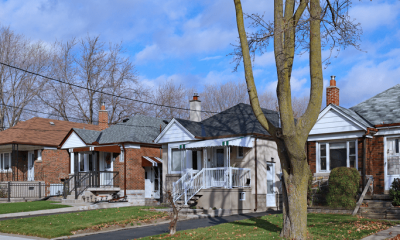
 For Sellers3 weeks ago
For Sellers3 weeks ago4 Reasons Your House Is High on Every Buyer’s Wish List This Season
-

 Affordability3 weeks ago
Affordability3 weeks agoWhy Buying a Home Still Pays Off in the Long Run
-

 Buying Tips2 weeks ago
Buying Tips2 weeks agoHow To Find the Best Deal Possible on a Home Right Now
-

 Affordability2 weeks ago
Affordability2 weeks agoThe 3 Housing Market Questions Coming Up at Every Gathering This Season

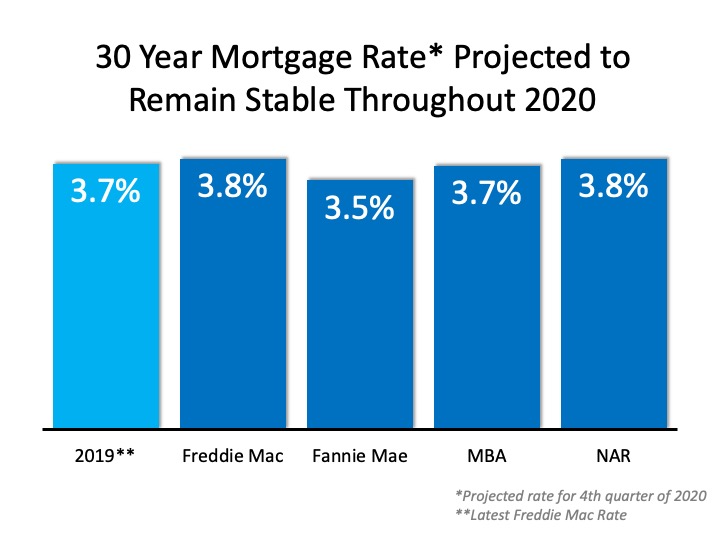
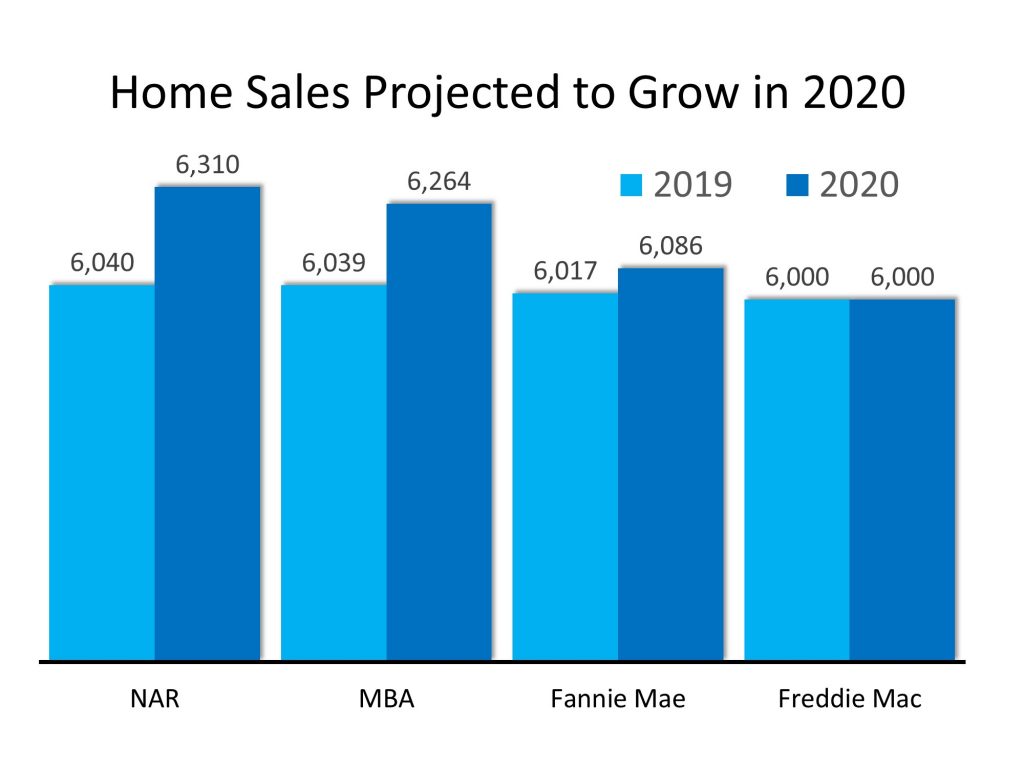


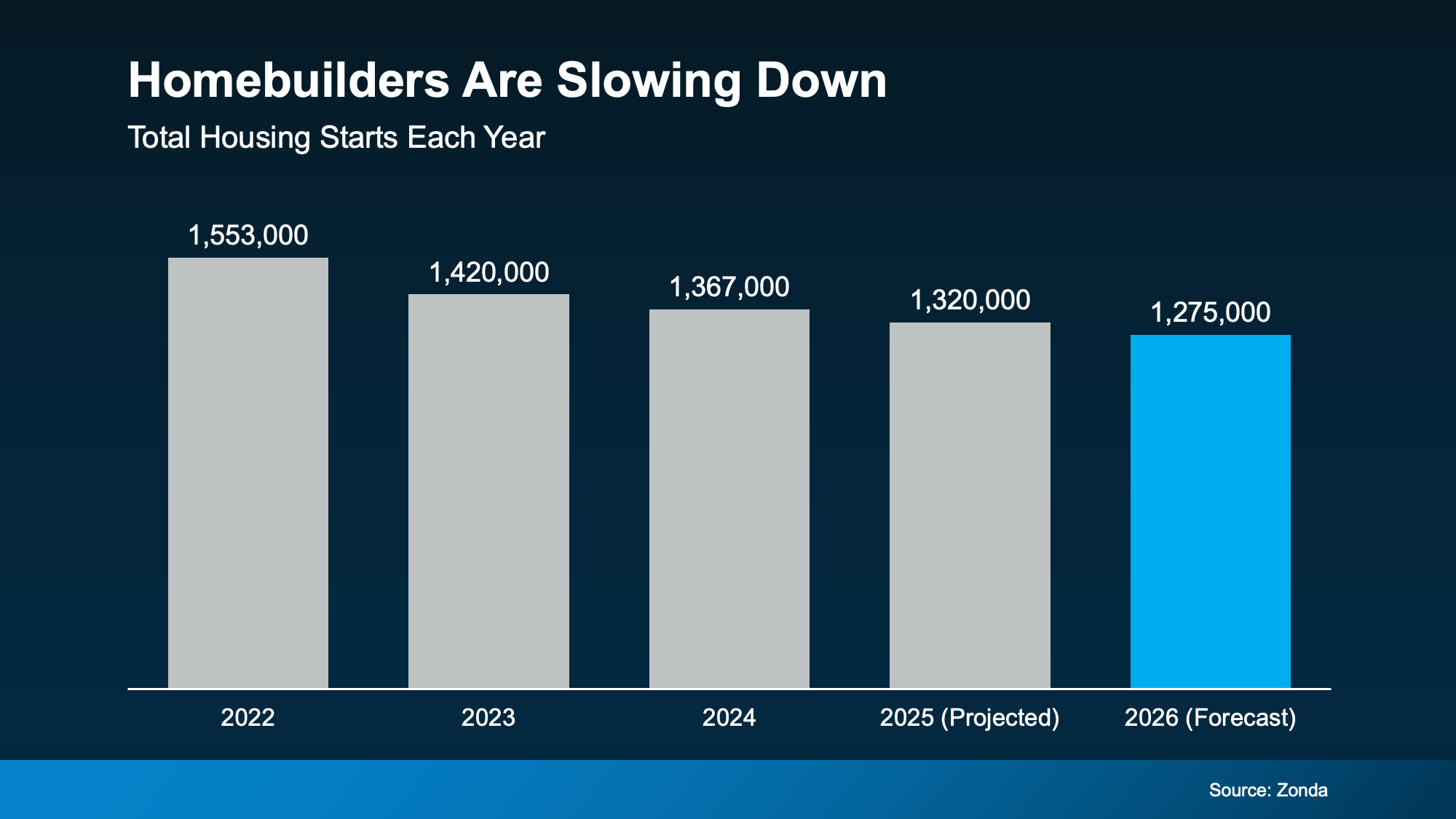
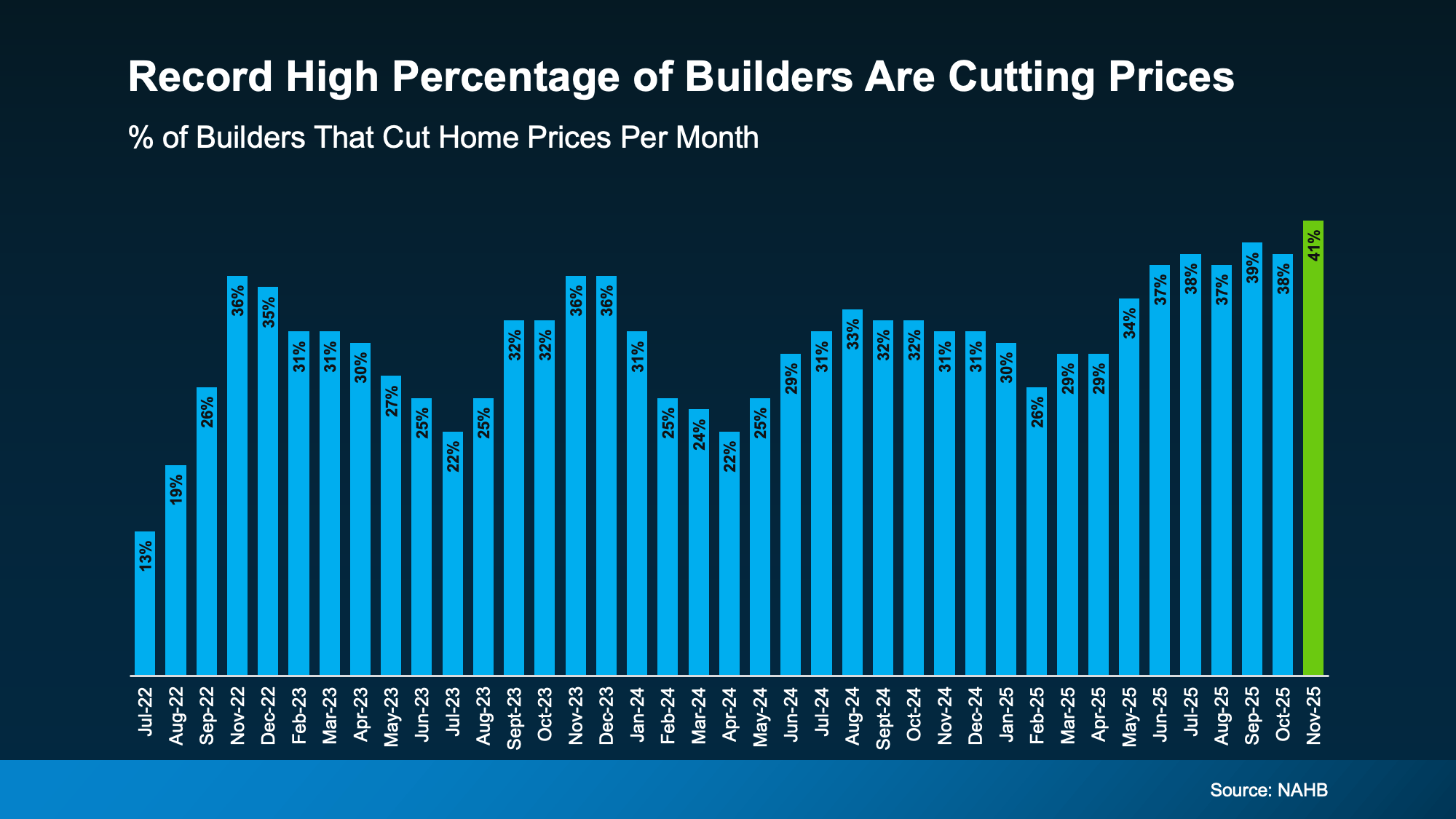

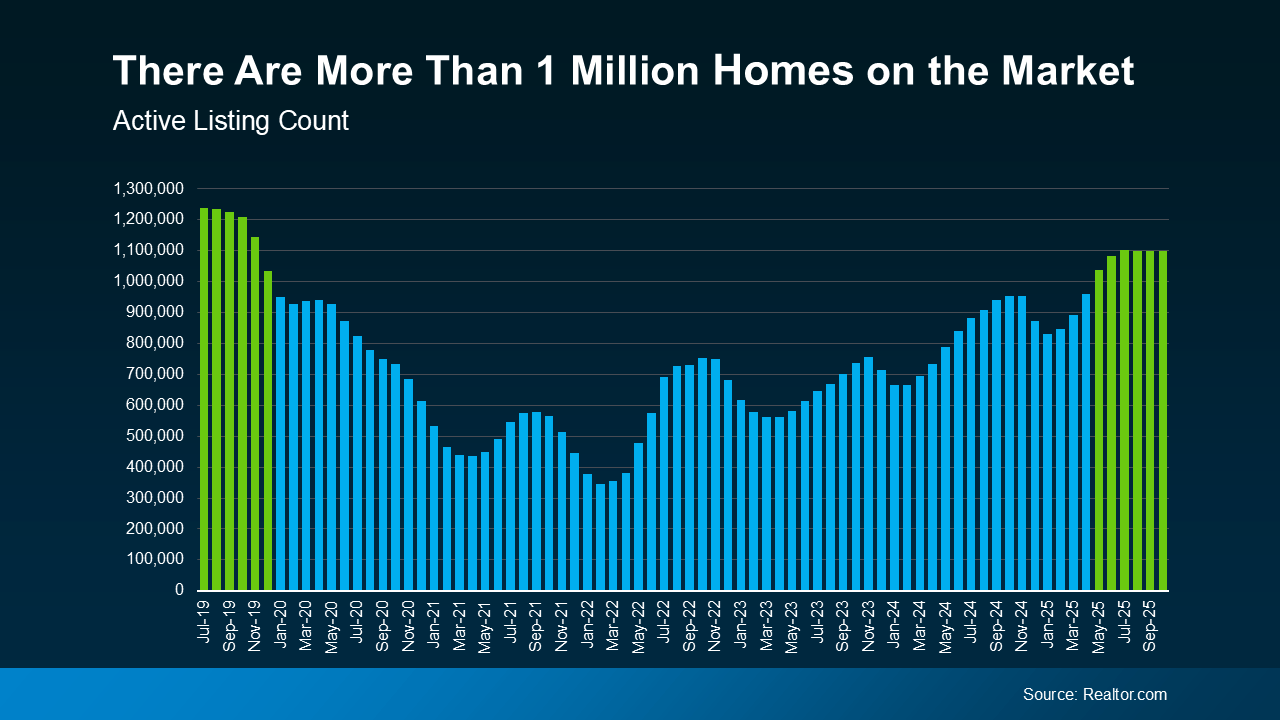

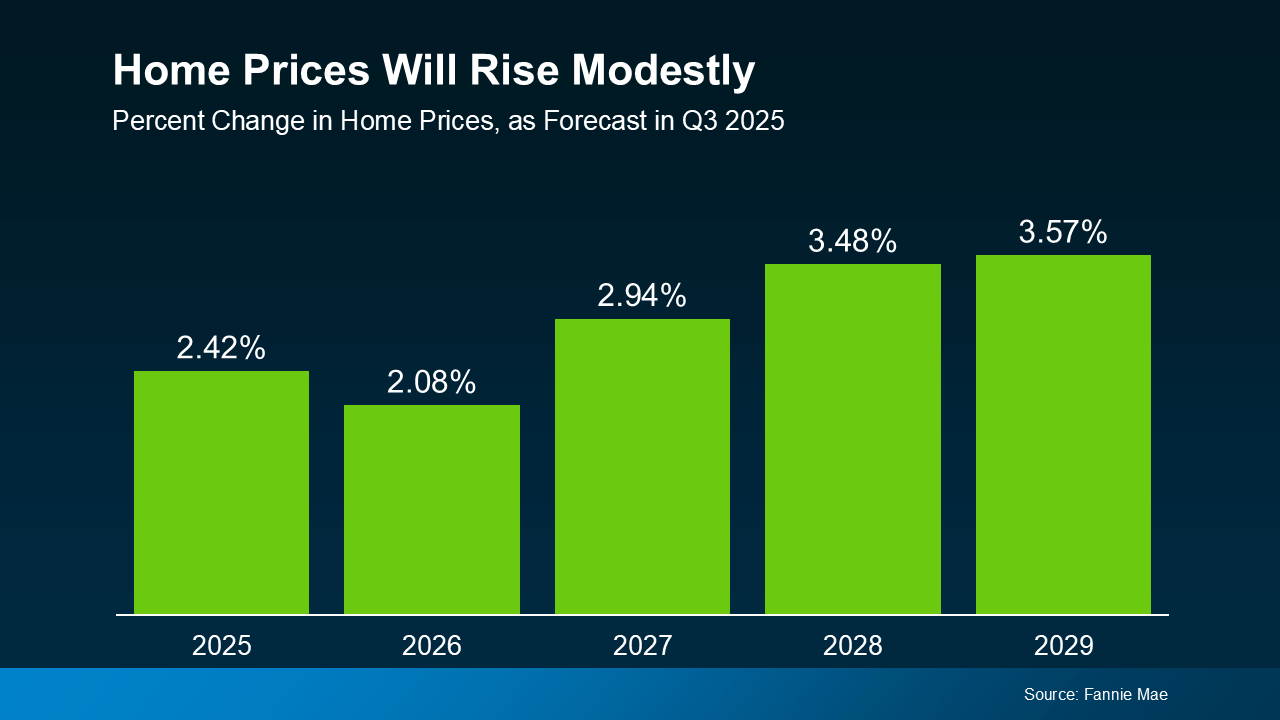


 Zillow sums it up best:
Zillow sums it up best:







You must be logged in to post a comment Login